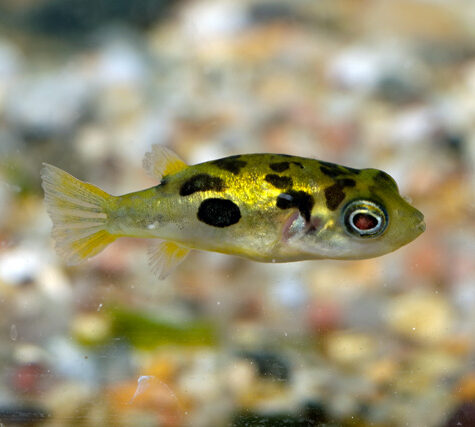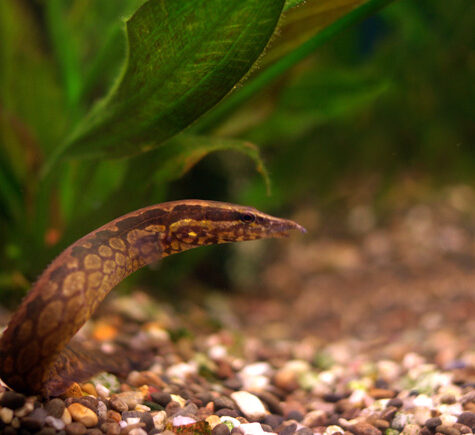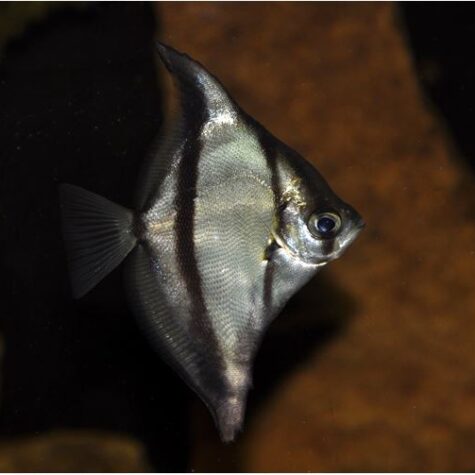$42.99
*NOTE: AS A FISH FARM, WE DO NOT OFFER GENDER SPECIFIC SEXING ON FISH STOCK. REQUEST FOR MALES OR FEMALES CAN ONLY BE ACCOMMODATED IF THE ITEM SPECIFIES GENDER IN THE DESCRIPTION SUCH AS: MALE BETTA, FEMALE GUPPY, ETC SORRY FOR ANY INCONVENIENCE.
Globe fish, Nile puffer
Native to: Egypt, Kenya, Sudan, Senegal, Ghana, Gambia, Cameroon, Nigeria, Niger, Chad, Sierra Leone, Burkina Faso and Guinea Bissau
Max size: 17.2″ (43cm), although it rarely achieves this size in captivity
Temp: 75-79°F (24-26°C)
pH: 6.5-7.5
Hardness: 5-15°H
The Fahaka Puffer is an enigmatic species as it is one of the most aggressive puffers available, but it will learn to interact with it’s owner developing into a true real pet. Its eyes appear to show real expression and its ponderous movements are a joy to watch. It can also change color depending on its mood or surroundings. Some specimens will puff up when they want attention and to see a fully-grown adult inflate to the size of a football is an amazing sight.
The Fahaka Puffer lives in various freshwater lakes & rivers and is found in both open water and sheltered, heavily vegetated areas.
This is a true freshwater puffer and does not require the addition of salt to its tank. We suggest a sandy substrate with smooth rocks and driftwood pieces for decorations leaving an open space for swimming. The Fahaka is a molluscivore in nature, and in the aquarium relishes all kinds of shellfish as well as worms and other live and frozen foods. It should be fed snails and unshelled shellfish (such as crab legs, mussels) regularly in order to maintain its sharp teeth. As with other puffers, these grow continuously and become a problem for the fish if their teeth are not kept ground down.
The Fahaka is a generally aggressive and intolerant species that really should be kept alone or with other aggressive animals. Its beak-like mouth can easily bite chunks from other fish. Many aquarists have had better success keeping this fish in groups or colonies but a large tank is required. Males and females look the same, except when the females are full of eggs, they will take on a noticeably rounded appearance.
Puffers have the ability to inflate their elastic stomachs with water or air. This is usually a response to some kind of threat, although in the aquarium many specimens appear to inflate themselves for no apparent reason. The fish becomes 2 or 3 times it’s normal size, big enough to scare away many potential predators, or difficult to swallow. Puffers are also one of the few fish that can actually blink or close their eyes. Many parts of the body of puffers contain the deadly neurotoxin tetrodoxin. This is the same poison found in the notorious blue-ringed octopus. When ingested in sufficient quantities, it can cause paralysis and death. As yet there is no known antitoxin and to humans it is over 1000 times deadlier than cyanide. Puffer are a famous delicacy in Japan, but is prepared only by highly-trained chefs, and even then many people have died from eating it. This need not worry you.
Shipping size: usually 1.5 – 2″ + depending on season




